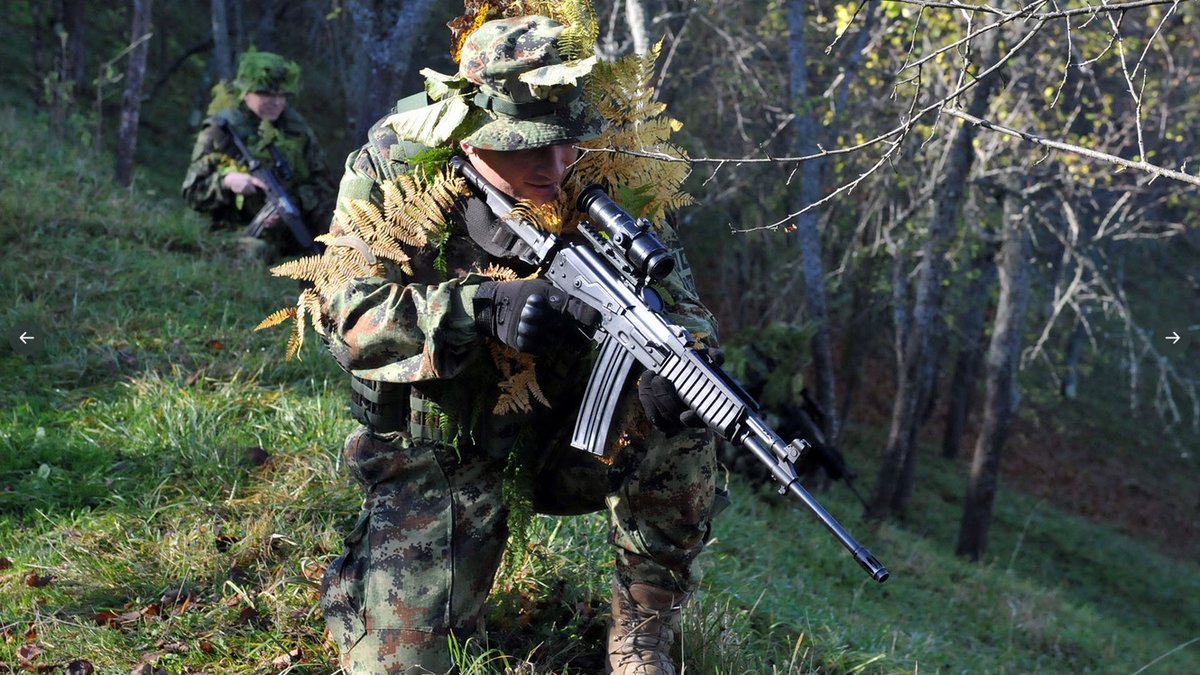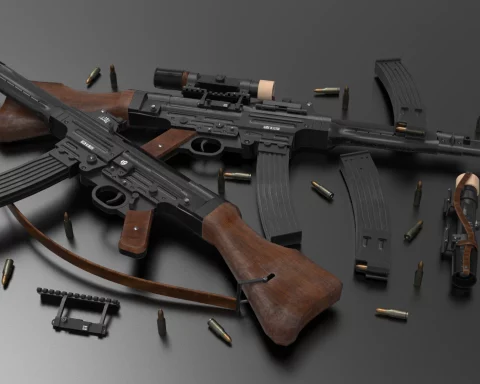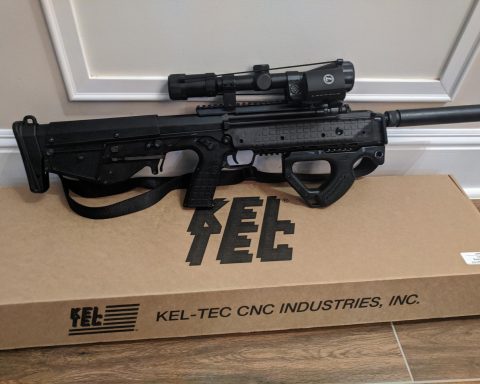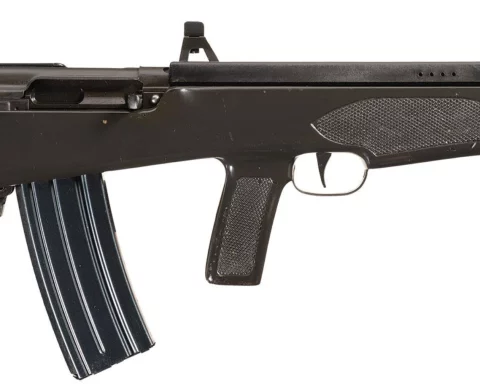The Zastava M21 automatic rifle was first presented to the public in August 2004, after the project was initiated in 1997. The rifle was designed to replace the previous Zastava M70 series to meet modern, reliable, cost-effective, and meet NATO standards. It was based on the Kalashnikov system to streamline training and production costs.
History
In October 2000, the Serbian Infantry Directorate of the General Staff commissioned Zastava Arms, a prominent Serbian special-purpose industry company, to develop a new rifle system as part of the “Vojnik 21” project. The decision to base the new project on the Kalashnikov system was motivated by the proven reliability of its gas return mechanism, its popularity on the global market, and the familiarity of the Serbian armed forces with the system, which would allow for the rapid and cost-effective implementation of new weapons. The new rifle was intended to replace the outdated Zastava M70 service rifle.
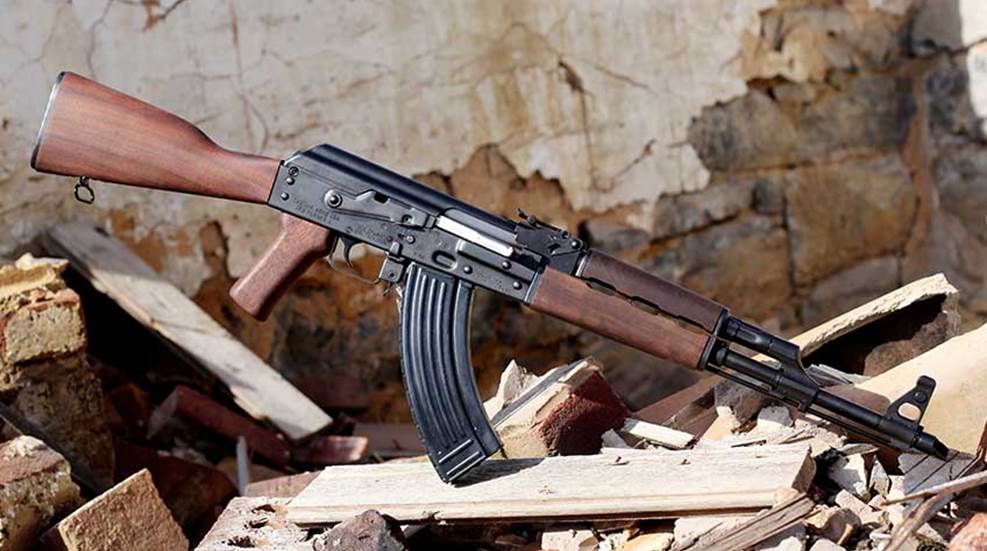
Design
The new rifle was required to be chambered in 5.56mm caliber and equipped with standard Picatinny rail mounts. It was designed to operate on the principle of borrowing powder gases, with a rotating bolt-locking system that prevents the trigger from being released until the bolt is fully locked. It is based on the Kalashnikov AK-74 design but has several improvements. The M21’s design is similar to the Israeli Galil and South African R-4 systems.
The M21’s steel barrel is made through cold forging and features internal grooves with a twist pitch of 177.8mm to improve accuracy during tactical combat use. The barrel is also chrome-plated for durability. A flame hider is located at the barrel’s mouth to reduce the flame’s intensity during firing and help conceal the shooter’s position.
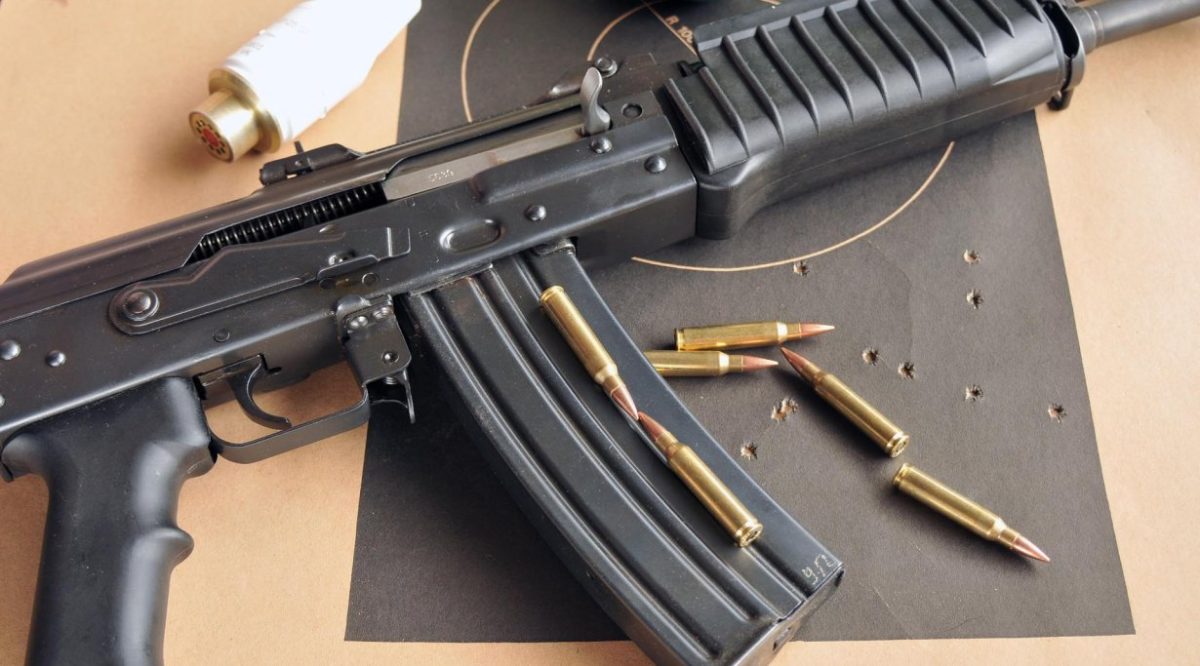
The designers of the M21 rifle followed the trend of other manufacturers by using composite materials in the construction of the rifle. The barrel, stock, and handle are coated with polymer plastic. The shell ejection port and locking lever, which is part of the locking block and moves with it during firing, are located on the right side of the receiver.
The operating mode can be changed using a double-sided lever, allowing for a single fire (marked with the letter “J”) or a burst fire (marked with the letter “R”). The regulator, located in a similar position to the Zastava M70 series and serves to block the trigger mechanism (marked with the letter “U”) in the upper position, is modeled after the Kalashnikov system.
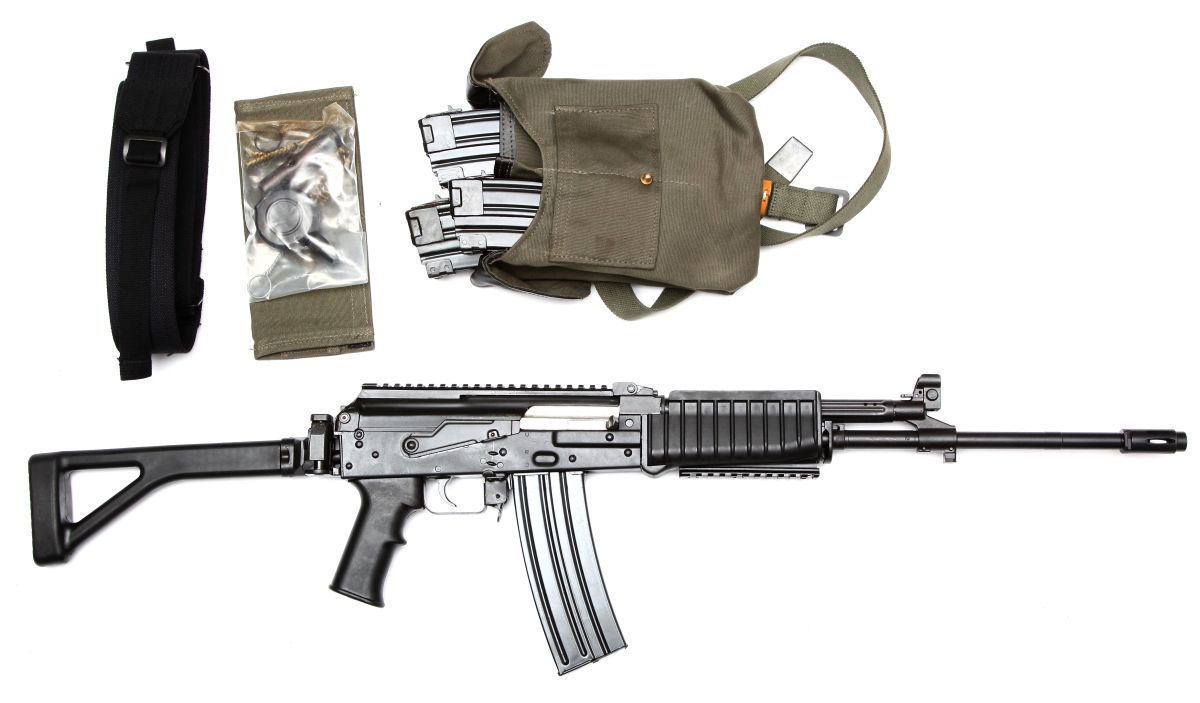
The M21’s box frames are made of aluminum alloy and have a capacity of 30 bullets arranged in two rows. The release lever is located on the receiver’s rear side, a common feature of Kalashnikov systems. The folding butt is made of polymer and features a shock absorber in the rear portion to improve fire control and accuracy.
The rear mechanical sight is fixed on the upper side of the receiver, while the front sight is mounted on the barrel. Customers can opt for sights equipped with tritium tubes as part of the standard kit, allowing for aiming in low visibility conditions. Depending on the needs of the field, a 40mm under-barrel grenade launcher, the BGP 40mm, produced by the same manufacturer, can be mounted on the rifle.
Users
Models of the M21 series are used by the Serbian army and police, as well as by units in Azerbaijan, Armenia, Cameroon, Iraq, Jordan, Peru, Macedonia, and Bosnia and Herzegovina. It is a standard service rifle of the Serbian Armed Forces and Gendarmery.
Variants
The M21S is a compact assault rifle with a shorter barrel. The M21A is a sub-compact assault rifle with an even shorter barrel. It was designed to replace the M92 compact assault rifle, which is chambered for the Soviet 7.62x39mm cartridge. The M21B is an export version of the M21 that comes with a Picatinny-type rail as standard and features a more advanced stock, a built-in carrying handle, and accessory rails. The M21BS is a compact version of the M21B.

The M05 is an updated version of the M21 that is primarily intended for export customers. It can be chambered in either Soviet 7.62x39mm or standard NATO 7.62x51mm ammunition and features a full-length Picatinny-type scope rail and additional accessory rails on the foregrip.

Technical specifications
| Country of origin | Serbia |
| Manufacturer: | Zastava Arms |
| Entered service | 2004 |
| Caliber | 5.56×45 mm |
| Weight (empty) | 3.8 kg |
| Length | 1 000 mm |
| Length (with folded stock) | 750 mm |
| Barrel length | 460 mm |
| Muzzle velocity | 890 m/s |
| Cyclic rate of fire | 560 – 680 rpm |
| Practical rate of fire | 40 – 100 rpm |
| Magazine capacity | 30 rounds |
| Sighting range | 500 m |
| Range of effective fire | 450 m |
